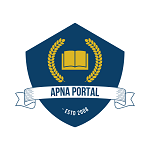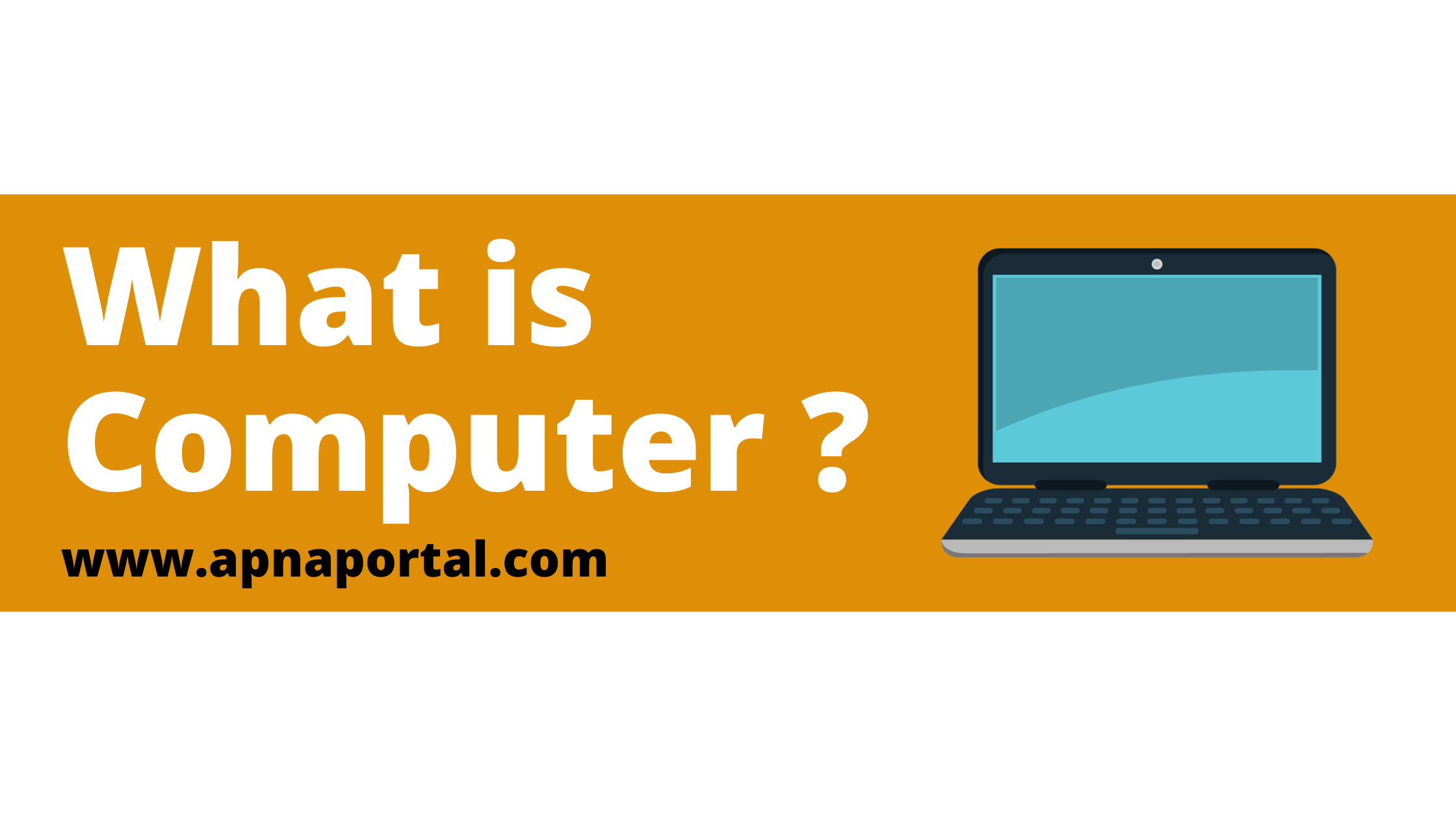Computer introduction notes
Table of Contents

Introduction to Computer
Computer introduction:-A computer is an electronic device that was designed by humans that can store, read, process, and output important data. It operates easily and free of errors, but its storage capacity is constrained. To compute, it is composed of English words. Its memory unit stores a set of commands that control how it functions. A computer accepts input from an input device, processes it, and outputs the resultant useful information to an output device.
A computer is actually an assembly of hardware and software parts which allow us to execute an extensive number of functions. Hardware is the actual computer, which consists of the CPU, monitor, keyboard, mouse, and any other gadgets that are connected to it. Software is a set of guidelines that a computer use for carrying out a task.
Computers and Calculators
A little gadget named a calculator is used for performing mathematical calculations. A computer may be used for multiple purposes, including writing letters, creating images, and calculating, however a calculator cannot be utilized for these tasks.
Human Being and Computers
Computers cannot work on their own. They do what we want them to do, only we give them the right command. Its memory is better than human memory. It can’t forget anything it has saved, so it is also called an artificial intelligence.
Comparison between Human beings and Computers
Human being
- Human beings are slow in doing calculations
- Human beings cannot remember lots of things at one time.
- Human beings can make mistakes.
- Human beings have feelings.
- Human beings can think.
- Human beings get tired if they work for long hours.
Computer
- Computers can do complex calculations in seconds.
- Computers can store and remember a large amount of information at one time.
- Computers do not make mistakes.
- Computers do not have feelings.
- Computers cannot think.
- Computers never get tired
Elementary words related to computer
Data:- is the data that the computer requires in order to function, or, to put it another way, it’s the information that we enter into the computer. Data is collected from all sources but is not able to be arranged. It cannot be applied when making choices. It is a collection of raw information and a combination of numbers, letters, and symbols gathered with a particular objective in mind. It is frequently grouped into three categories: numerical information. Both alphanumeric and alphabetic data.
Numeric Data:-Ten digits represent numerical data: 0, 1, 2, 3, 4, 5, 6, 7, 8, 9. Numerical data can be presented with a variety of systems of numbers. These number systems are hexadecimal, binary, octal, and decimal. Exam results, financial institution balances, pin codes, etc.
Alphabetic Data: 26 alphabetic data sets can be represented utilizing alphabetic data. It consists of up of capital letters (A to Z), small characters (a to Z), and white space. Nonnumeric data is another name for alphabetic data. An employee’s address is one example.
Alphanumeric Data: Data can is represented with alphanumeric characters contains special characters, symbols, and numeric data. Any password can serve as an example. Information is well-organized data that comes about via data processing and is useful for making decisions. It is organized, important, useful data that was recently processed.
Characteristics of a computer
These days, computers make up the foundation of business, travel, and leisure. All computers share a number of comparable characteristics that combine to make them highly efficient devices: speed, accuracy, and dependability; storage capacity; self-sufficient function; diligence; scientific methodology; and versatility.
Speed: The processing speed required by every component of society is supplied by computers. Computer speed impacts the speed at which we receive items from the bank, grocery shop, stock exchange, and the Internet. The following time units are used for expressing a computer’s speed: instructions per second or access time.
Accuracy and Dependability: Computers exhibit high levels of accuracy and dependability. They don’t make mistakes on their own; they are only a machine. It is not machines that make errors; it is humans.
High Storage Capacity:- Massive volumes of data may be stored on computers, which means they can discover and retrieve information quickly. The capacity to store and retrieve large amounts of data in the information age.
Automation:- A process has the ability to run automatically once it is started. An operator is not needed at every step of the procedure.
Diligence:- It can function at precisely the same speed and precision even when required to perform the most intricate and lengthy tasks at a constant pace. It is not afflicted with lethargy, loss of focus, or physical or mental stress.
Versatility:- Computers are widely used in a variety of fields, including business, science, and education, which is proof of their adaptability.
Basic applications/uses of a computer-
Recreation or Entertainment One uses a computer to watch movies, listen to music, and play games. It is also employed in the creation of animation films, cartoon movies, and other visual media.
Education: In schools, computers are utilized for homework completion, mathematical computations, and instruction.
Bank:– In banks, computers are used to record currency, save information about various account holders, and provide a wealth of information about any account. Additionally, a bank’s ATM (Automatic Teller Machine), which disburses cash without the need for bank employees, uses it.
Railway stations and Airports:– A computer is used to book tickets, provide four types of information about seat availability, and maintain passenger records. It is useful in giving information on the time of trains and airplanes, as well as their arrival and departure.
Medical Science:- Computers assist in performing various medical tests and maintaining patient records for every patient at a hospital. It assists medical professionals in operating room machine control.
Business:- Documents, letters, etc. are typed and printed on computers. They support sending emails and maintaining employment records, among other things.
Defense:- Computers are employed in defense to aid in the development of weapons, the control of their operations, the firing of missiles, and the tracking of criminals. Through satellites, it facilitates the establishment of communication channels between the soldiers and their superiors.
Designing:- The design of periodicals, newspapers, books, ads, etc. is aided by computers. It is also useful in the design of homes, buildings, etc.
Scientific research:- A computer is a useful tool for conducting scientific study of any type.
Administration:- The efficiency of administrative services is increased by the use of computers.
Publication: Desk-top publications employ computers.
if You are interested For Advanced Excel Please click Here:-https://apnaportal.com/courses/advanced-excel-mastery-course/
if you are interested For Advanced Word Please Click Here:- https://apnaportal.com/courses/advanced-microsoft-office-word/
if you are interested for video for computer introduction please click here:-https://youtu.be/W7-u_w-0zHc?si=kOm5EOjcAsUdRP8x

